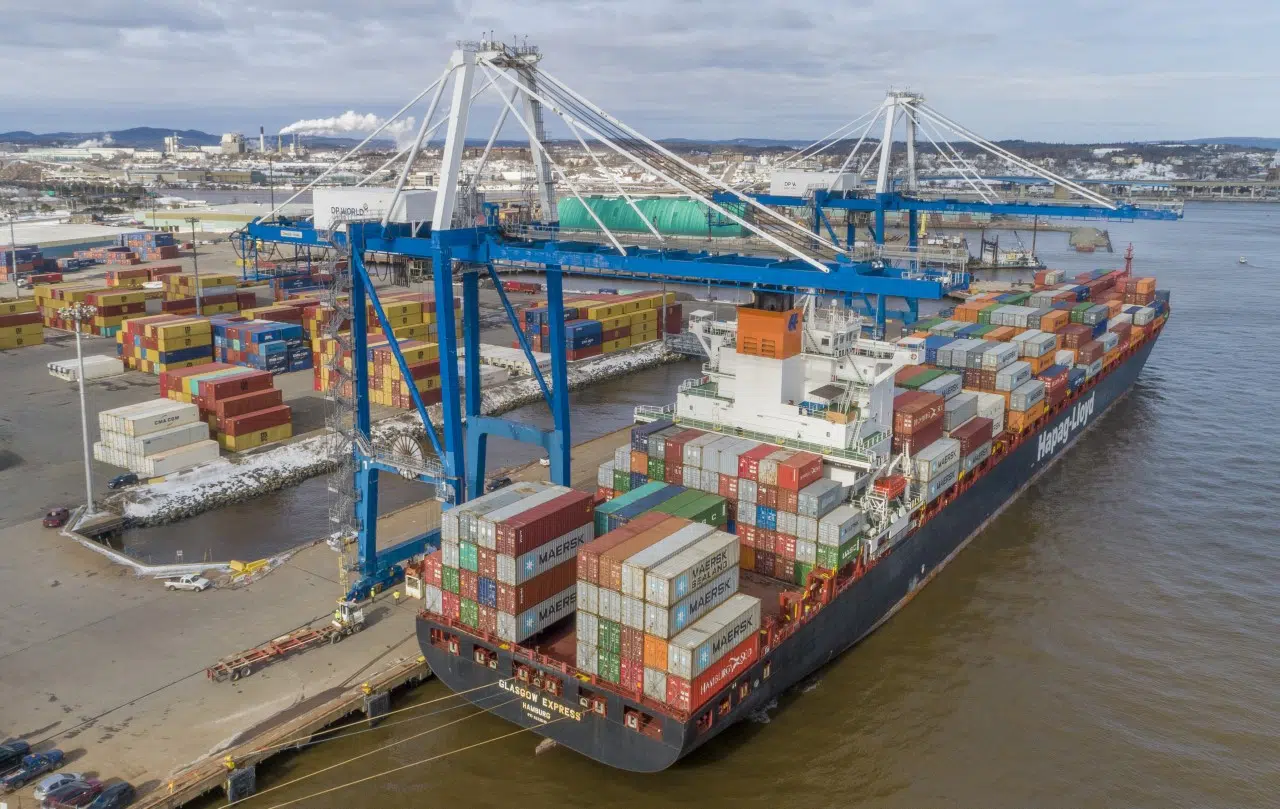The multimillion-dollar expansion at Port Saint John will have a major boost on the region’s economy.
But one economist says the impact could be as much as six times greater outside of our region.
Herb Emery, Vaughan Chair in Regional Economics at the University of New Brunswick, was one of the speakers at this year’s Port Days conference in Saint John.
During his presentation Monday, Emery estimated that the port expansion will increase the region’s GDP by an estimated $300 million to $1 billion.
But for all regions with linkages to the port, it is going to generate an estimated $2 billion to $6 billion in GDP, he said.
“In the old days, things came off the ship and, because of the way they were handled, you could set up a factory here and you didn’t have a lot of competition. Today, your competition may be down the Eastern Seaboard of the U.S. That’s where the business is going to set up,” said Emery.
Emery said that is why it is important for New Brunswick to be competitive for those linkages to capture as much of the economic wealth as possible.
The level of activity through the port is going to drive the opportunity, he said, but governments will have a crucial role to play.
“Once the port is doing its job to generate that traffic, what are we doing as a city, as a province, as a nation to make sure that more of that wealth is retained in the local economy by creating the conditions that businesses want to set up here,” said Emery.
Emery said there is an opportunity through provincial tax reform to make our province more attractive to businesses, particularly when it comes to property taxes.
120K job openings anticipated over next decade
The port expansion comes as New Brunswick faces the daunting task of filling an estimated 120,000 job openings over the next decade.
And the province’s deputy labour minister warns there will soon be more non-workers than workers if steps are not taken soon.
Dan Mills said there were seven people aged 15 to 64 for every person over the age of 65 in 1971.
That number dropped to 2.8 residents in 2021 and is forecast to drop to 1.8 residents by 2041.
“That ripples right through the whole workforce because we need workers to support the non-workers,” said Mills during his presentation.
“What is our collective strategy? Is it immigration? Is it automation? Is it engaging youth? Is it engaging those who are not in the workforce?”
Mills said most of the anticipated job openings — nearly 117,000 of them — will be to replace existing positions in the workforce. The remaining 3,200 will be from expansion and growth.
“Think of all the services we use now. All the stores, retail shops, healthcare sector, private sector. Just to replace what we’ve got, we’re talking 117,000 over the next 10 years,” he said.
While many people have looked elsewhere for work in the past, Mills said there will be no shortage of it here in New Brunswick.
“You hear these stories of ‘well, I have to leave.’ Not the case. Probably the case for your grandparents and probably the case for your parents, but if you’re in the working-age cohort now, there are at least 120,000 job opportunities coming over the next 10 years.”




